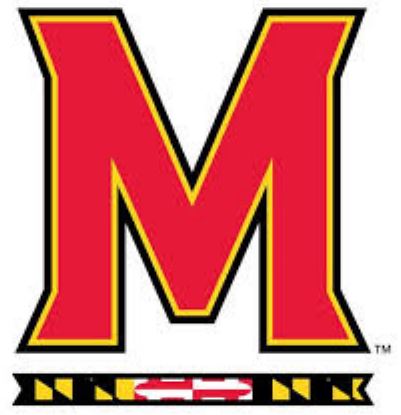[ad_1]
By Mark F. Gray, AFRO Staff Writer, [email protected]
Reforms continue in the University of Maryland athletics department, regarding medical care for student athletes. For the first time the university will employ health care personnel who are not overseen by the athletic department.
The current care team will remain in place where athletic trainers are supervised by physicians at the University of Maryland School of Medicine. While a national search for a head team physician, who will be a full-time employee of Maryland within the University Health Center begins.
“This plan will further enhance the physician-directed, autonomous care our student-athletes receive,” said athletic director Damon Evans, according to the Associated Press.

These reforms continue in the wake of the death of offensive lineman, Jordan McNair who didn’t receive immediate proper treatment when showing signs of a heat stroke last year during spring practice. The decision is based on suggestions from an independent review of procedures by Dr. Ron Walters that was commissioned by the school, which issued 20 recommendations after studying the response by the school’s training staff following the fatal incident.
The Walters report also suggested that several other positions should no longer be overseen by the athletic department personnel including: the team physician, athletic trainers, nutritionists and mental health practitioners. It also focused on a concluded health care model for student-athletes – which this new policy now seems to be following – after the recommendations from the committee suggested an overall change in the culture of the department was necessary.
There is more preparation also taking place when it comes to workouts and practices. Coaches are now meeting with trainers regularly, while also getting medical and response training that goes well beyond the normal CPR certification that is provided to them at other schools.
Maryland reportedly has also implemented measuring the environment around practices and workouts with what’s called a “wet bulb globe temperature.”
That policy monitors environmental factors other than just air temperatures like humidity and the surface for their practice or workouts. Modifications can be made to a training schedule if scheduled for an artificial turf surface, which traps heat and creates a much warmer environment compared to grass. Those elements can now be factored into practices and workout preparations. Adjustments are being made to how strenuous that day’s activities might be, or whether they have to be rescheduled for a different time of day or venue, if the conditions are thought to be too dangerous.
The AFRO reached out to representatives of the Jordan McNair Foundation and his parents regarding the implementation of Dr. Walters suggestion of taking away the healthcare responsibility from the athletic department and placing it under the school of medicine. However, there has been no response to this point.
During the probe into the culture of Maryland’s program following McNair’s death there were those who were connected with the program that reportedly said it could be a transformational moment for all intercollegiate athletic programs around the country.
“I hope that once the dust settles on these personnel controversies, Maryland addresses what we hope will be the legacy of all of this, which is they become the gold standard for student-athlete health,” Charles Sheeler, the Baltimore attorney who helped lead the commission told the Washington Post last November.
Maryland concluded its spring 2019 practice without incidents under first year head coach Mike Locksley. Locksley, who returned from the University of Alabama to take the full time job, acknowledged these are different circumstances that he and his coaching staff faced at other schools, such as participating in “emergency action plan” drills, where coaches and trainers practice lifesaving responses in March.
[ad_2]
Source link
